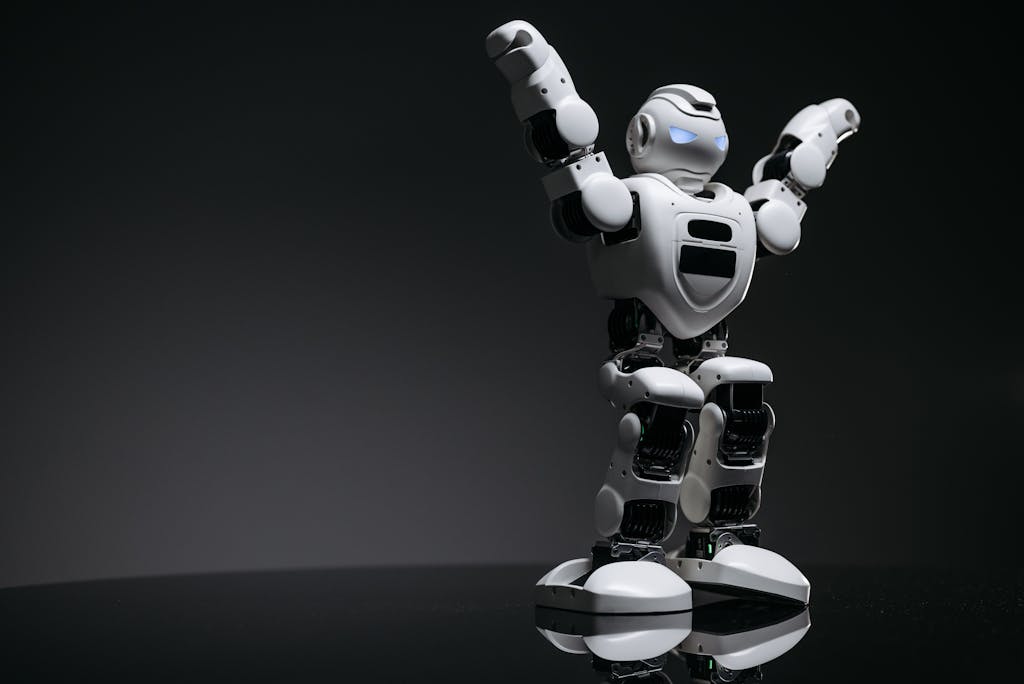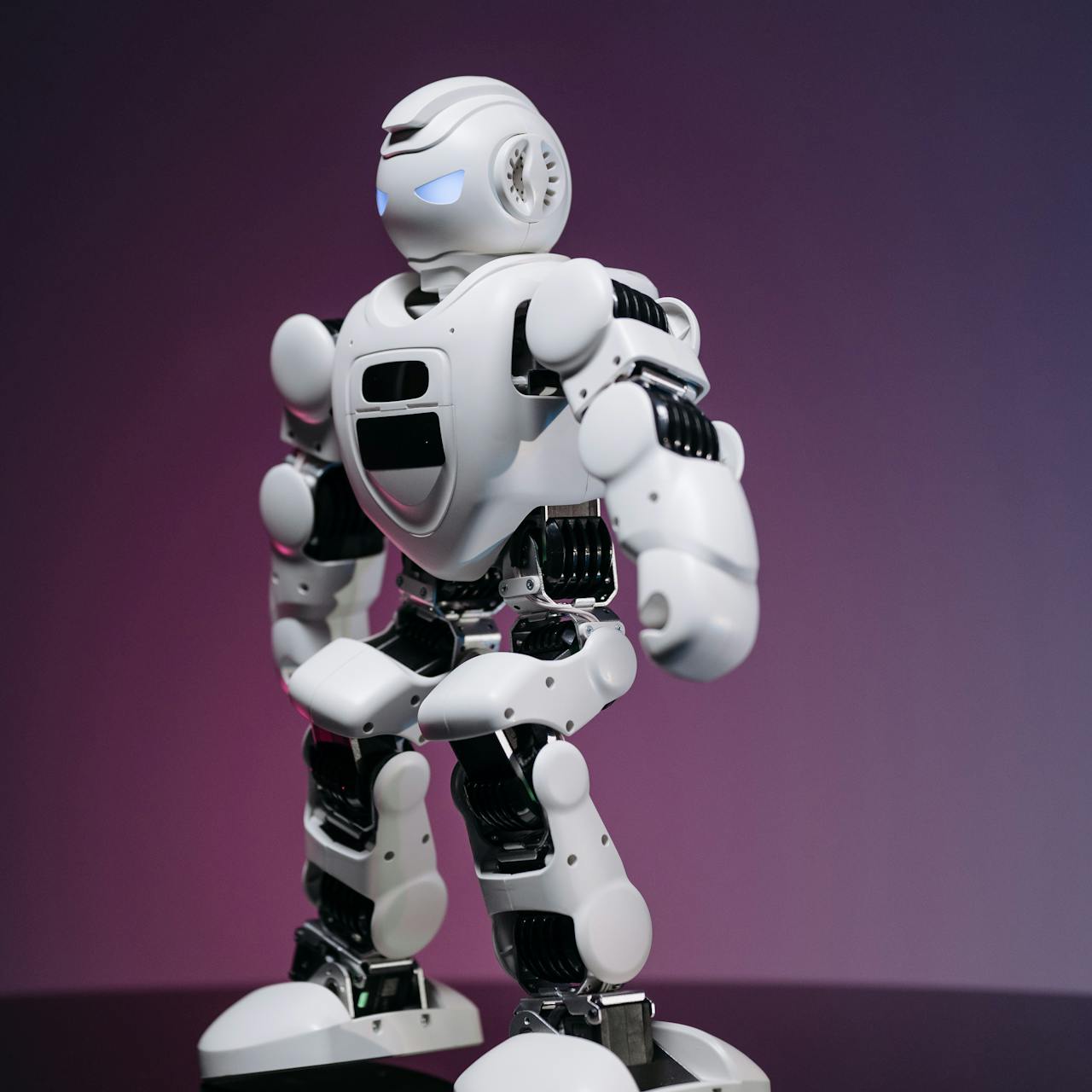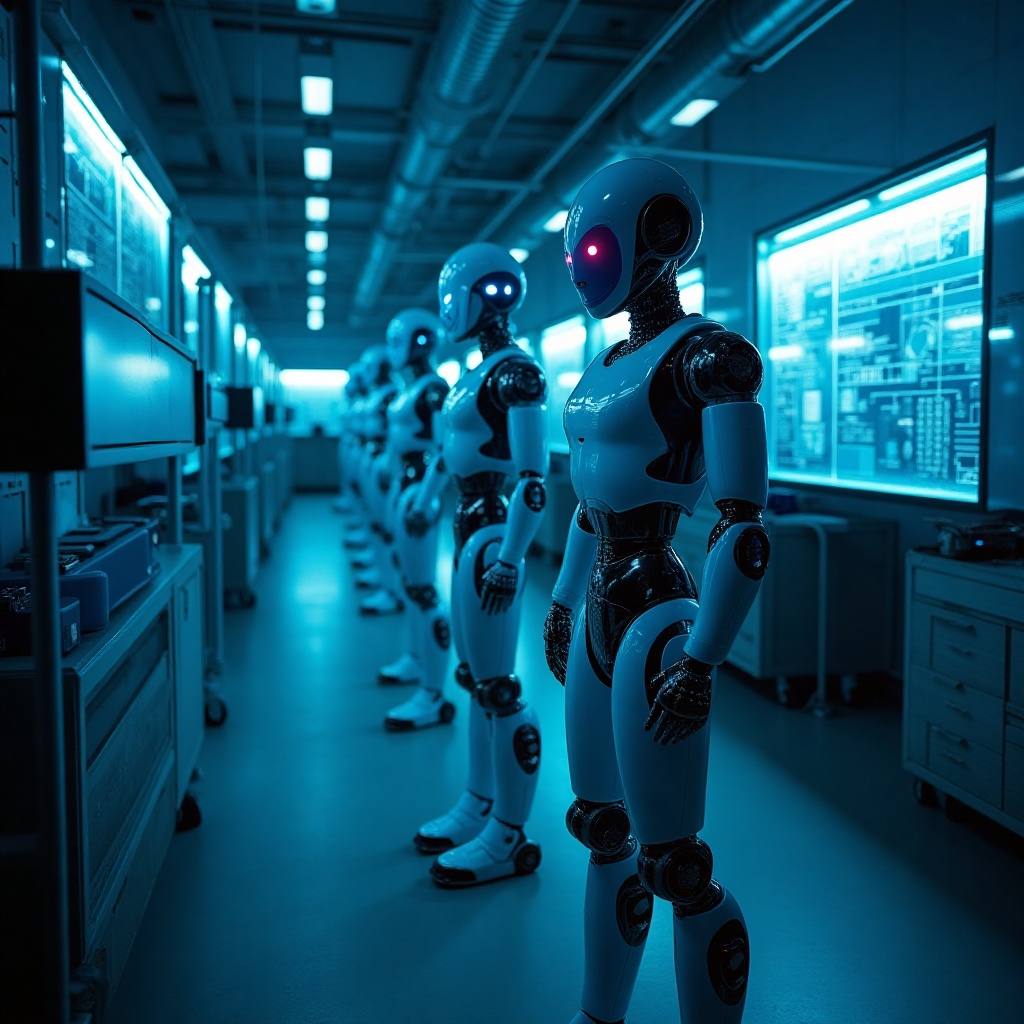The Rise of Personalized AI Robots
The latest generation of humanoid robots is changing how people interact with machines by introducing personality-driven customization. These AI-powered companions are not only capable of holding lifelike conversations, but they can also adapt their personalities to suit individual preferences. With configurable emotional tones, interests, and communication styles, users are no longer limited to one-size-fits-all interactions. Whether engaging with a curious, analytical robot or a compassionate and witty one, personalization is reshaping what it means to interact with artificial intelligence. Models like the Harmony Robot and Henry Robot represent this exciting shift, setting new standards in AI-human communication.
Personality Settings: A New Kind of Relationship
The concept of pre-set personalities in AI robots has evolved into dynamic, user-driven customization. During initial setup, users can choose attributes such as humor level, emotional responsiveness, patience, and conversational depth. These choices can later be adjusted, meaning the robot grows and shifts with the user's changing needs or moods.
A Henry Robot, for instance, might start as a reserved and factual companion but can gradually adopt a more playful tone if the user prefers lighter interactions. Similarly, a Harmony Robot can be tailored to focus more on storytelling, emotional support, or philosophical dialogue, depending on how the user configures its personality matrix.
Learning Through Interaction
Beyond initial settings, modern AI robots are equipped with adaptive learning capabilities. They don't just follow programmed scripts; they observe, remember, and evolve based on continuous user input. Over time, this allows the robot to develop a more natural rapport with its user.
For example, if a user tends to be reflective and enjoys quiet conversation, the robot will learn to reduce its chatter and increase listening. If the user becomes more outgoing, the robot may respond with greater enthusiasm and varied dialogue. This ability to mirror and adapt communication styles makes the humanoid robot feel more like a trusted companion than a device.
Emotional Awareness and Real-Time Feedback
These robots also incorporate emotional sensitivity into their personalities. Tone of voice, body language, and even facial expressions are analyzed in real time to assess the user’s emotional state. This emotional insight is used to shape responses that are both appropriate and supportive.
The Harmony Robot, for example, can recognize when a user sounds frustrated or upset and shift to a more calming or empathetic mode. The Henry Robot might adjust its vocabulary and pace when it detects that the user is tired or distracted. This emotional calibration adds a layer of authenticity to conversations that was once impossible in robotic technology.
Ethical Use and Data Transparency
As with any advanced technology, the integration of personality and emotional feedback raises ethical considerations. Developers are increasingly building transparency and control into these systems. Users must be made aware of what data is collected, how it's used, and how they can opt out of certain features.
Legal frameworks are being developed to ensure the responsible use of AI in personal environments. Manufacturers are required to include clear disclaimers about the scope of the robot’s learning capabilities and data storage practices. Personal settings, especially those related to emotional behavior, must be optional and clearly adjustable. These safeguards help maintain trust and ensure that users feel in control of their AI experience.
Broader Impact on Daily Life
Personalized AI robots are finding use in a variety of settings—from companionship at home to support roles in education and therapy. Their ability to adjust to different human temperaments makes them particularly suited to emotionally nuanced tasks.
In the future, we may see humanoid robots that act as personalized wellness coaches, memory assistants for seniors, or empathetic tutors for students. The applications are expanding rapidly, and personality customization is at the heart of their growing utility.
Conclusion: When Machines Feel Familiar
As personality settings become a standard feature in AI robotics, the line between machine and companion continues to blur. These systems no longer feel like cold, mechanical tools. Instead, they offer familiarity, responsiveness, and emotional intelligence. Whether spending time with a thoughtful Harmony Robot or a witty Henry Robot, the experience is deeply personal—and increasingly human.






